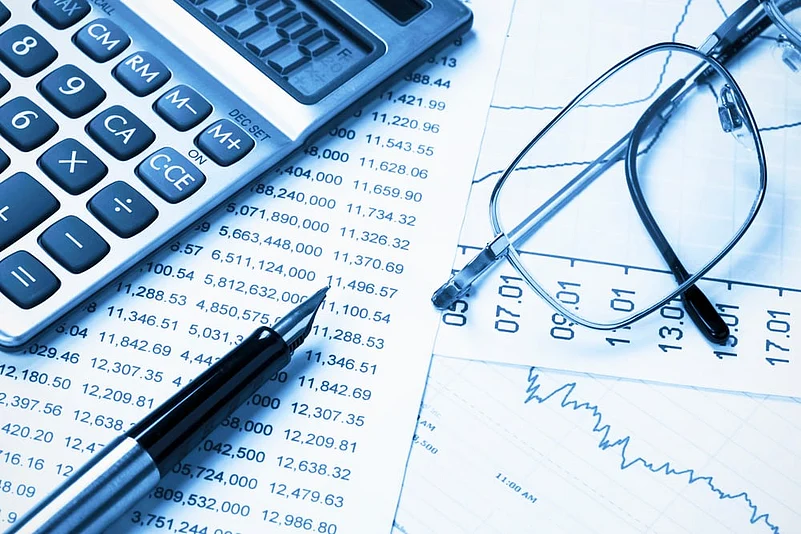In the recently released interim Budget 2024, income tax slabs for FY 2023-24 under the old tax regime and news tax regime remain unchanged. Individuals, including those below 60 years, senior citizens, and super senior citizens, face varying tax rates under the old tax regime. The Income Tax Department has earlier this month issued notification for Income Tax Return (ITR) Forms 1-6 for Assessment Year (AY) 2024-25, with the deadline for submission of ITR on July 31, 2024. As the new regime becomes the default option from FY 2023-24 onwards, taxpayers have to actively opt for the old tax regime.
Tax Slabs Under Old Tax Regime
General citizens below 60 years, senior citizens, and super senior citizens, attract varying tax rates under the old tax regime. For those below 60 years of age, no tax is levied on incomes up to Rs 2,50,000 with a 5 per cent tax rate on incomes ranging from Rs 2,50,001 to Rs 5 lakh. For them incomes between Rs 5,00,001 to Rs 10 lakh, will attract tax rate of 20 per cent. On incomes above Rs 10 lakh, the tax rate stands at 30 per cent.
Senior citizens aged 60 to 80 have a higher exemption limit of Rs 3 lakh. if they have income between Rs 3 to Rs 5 lakh, 5 per cent tax will apply. Rest of the tax rates are same as that of general citizens. Super senior citizens aged 80 above, the basic exemption limit is Rs 5 lakh. For them incomes between Rs 5,00,001 to Rs 10 lakh, will attract tax rate of 20 per cent and above that it is 30 per cent. Similar to the new regime, a cess of 4 per cent is levied on the income tax amount, and surcharges applicable to incomes exceeding Rs 50 lakh.
Also assessing tax-saving deductions available under old tax regime to decide if you should choose this regime.
Tax Saving Options Under Old Tax Regime
80C Deductions
Under the old tax regime, Section 80C is the most important incentive for those choosing this regime. With a limit of Rs 1.5 lakh worth deductions, taxpayers can invest in investments like National Pension System (NPS), Equity Linked Saving Schemes (ELSS), Unit Linked Insurance Plan (ULIP), and Public Provident Fund (PPF). Deductions of Rs 1.5 lakh are also available againts life insurance premiums paid, contributions to Sukanya Samriddhi Account, National Savings Account (NSC), senior citizens saving schemes (SCSS), and fixed deposits. Additionally, expenses like tuition fees for two children, registration charges, stamp duty for property, and home loan repayments are covered under Section 80C.
Home Loan Payment: Tax payers can get Rs 1.5 lakh tax exemption on principal and interest under Sections 80C and 24 subsection. Further Rs 2.5 lakh rebate on home loan interst is available for first-time buyers. Stamp duty and registration charges can also be deducted under Section 80C.
Saving Bank Interest (80TTA): A maximum of Rs 10,000 tax exemption on savings account interest is available under Section 80TTA. This is available for deposits in bank, co-operative society or post office savings account regardless of age.
Medical Insurance Premium (80D): Taxpayers can claim up to Rs 25,000 for health insurance of self, spouse, and dependent children. For insured individuals aged 60 years or more, the deduction limit increases to Rs 50,000. An additional deduction of up to Rs 50,000 for parents aged 60 years is available for health insurance of parents.
Education Loan (80E): Tax exemption on children's education loan interest is available under Section 80E without any limit. This tax exemption can be availed by either of the parents by whoever is repaying the loan.
House Rent Allowance (HRA): Get tax savings on HRA paid if you are lived in rented apartment. If annual rent exceeds Rs 1 lakh, one has to report the pan of the landlord to claim exemption. An employee working in a privately owned company is allowed to have HRA of 50 per cent of the basic salary in metro cities and 40 per cent of the basic salary in non-metro cities.
Overall the old regime becomes more beneficial when total deductions exceed Rs 1.5 lakhs and individuals earn more than Rs 15 lakhs.














